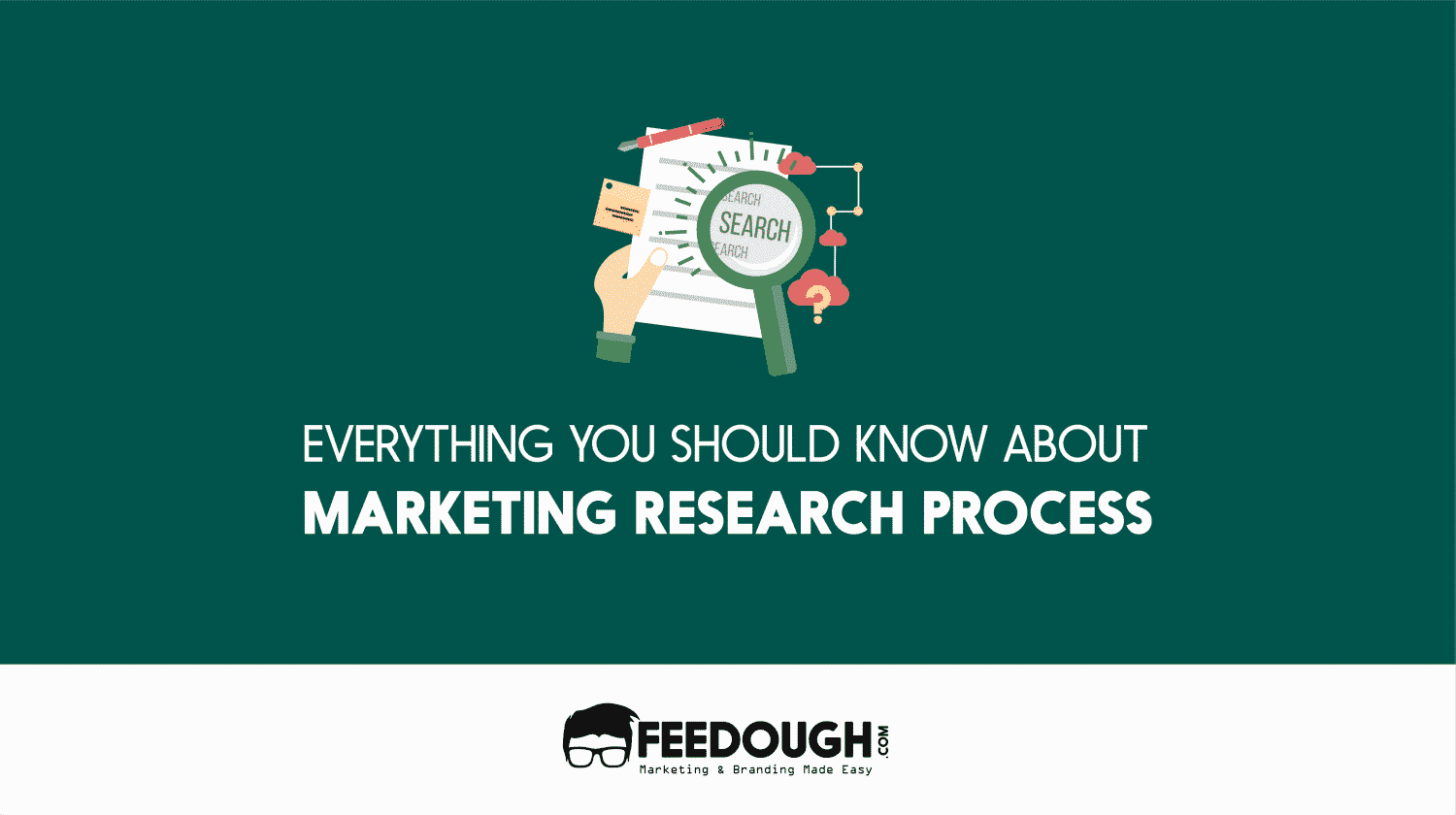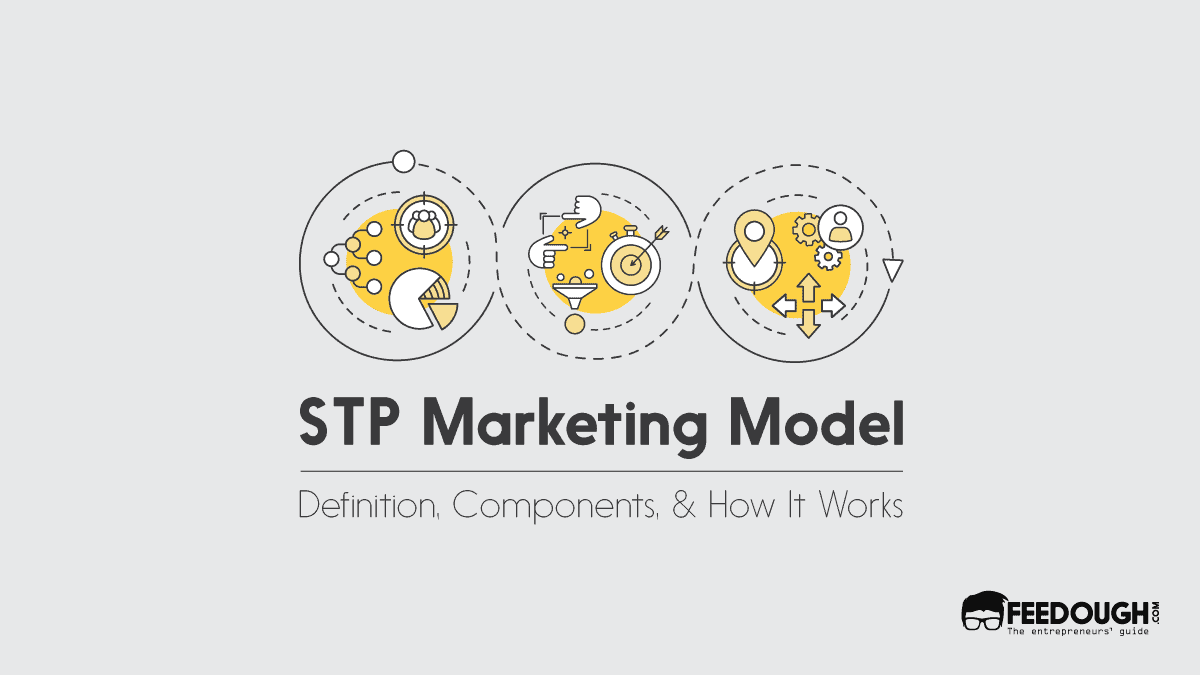Marketing plays an important role in the success of a business in any industry. It is one of the reasons why a brand retains and even improves its positioning in the customer’s mind.
For effective marketing, it is important to research about the customers and the market before any decision is taken. The more knowledge the marketer acquire about the customer, the more it helps him to view things from the consumer’s point of view. Hence, investing time in the marketing research process before forming and executing marketing strategies is a prerequisite for successful marketing campaigns.
Marketing Research Process
The marketing research process is the practice that involves identifying a problem in a business that is to be dealt with, finding a solution to that problem by getting consumer feedback, and using the feedback to decide what is to be done to solve the issue in the most effective way possible.
Proper steps are needed to be followed for marketing research to be conducted effectively and without wastage of resources and time:
Identifying The Problem
The initial step of the marketing research process lays the foundation for the rest of the market research. If this step is done wrong all the other subsequent procedures are but futile. Hence, understanding what problem requires a solution is important because otherwise, marketers would be doing research over something that doesn’t concern the consumers at all and thus their feedback would also be pointless.
Market research is of myriad importance when it comes to venturing into a new product or service. Marketers have to make sure that their research is thorough and reliable. This is because, if proper research is not done then an undesired product will go into production and it will result in a loss to the business.
More often than not, marketers are conducting research on issues that consumers don’t have a problem with or they are asking consumers the wrong questions based on invalidated hypotheses.
Selecting A Method Of Approach To The Research
The second step of the marketing research process is to develop an appropriate approach to solve the issue at hand. This includes formulating ideas, questionnaires, hypotheses to be tested and identifying the base characteristic design of the research process. This should be done by referring to relevant data, sources of secondary data, consulting the decision-makers and managers, case studies of similar issues and by following a practical and objective methodology.
To put it simply, step two is basically the way you’re going to go about the entire research—your marketing research plan.
This includes, what is the method of research you are going to use, on whom is the research going to be performed, where are you going to conduct the research, the budget, and so on.
Your method of research is dependent on the nature of data you intended to collect, so keep that in mind.
Creating And Selecting A Sample For Research
After you decide the research method and approach, you must then create a sample plan.
This is divided into 3 samples:
- Sampling unit: Here you must decide the target population that is to be surveyed. Once the sampling unit is determined, you must develop a frame so that everyone in the target population has an equal chance of being sampled.
- Sample size: Here the question is, how many people are to be surveyed? Depending on the type of results required you must decide whether you need to survey a large group or a more precise one.
- Sample procedure: How the respondents must be chosen? This requires of you more thinking and research. This sample which will be chosen is based on hypotheses and assumptions. Again, based on the type of results required the particular procedure must be followed.
Determining The Tools Of Research
The next step of the marketing research process focuses more on the details of the method of research and data collection. Here you need to decide which exact method is going to be used to collect the relevant data. Whether it is A/B split testing, inquiry, or mass experimenting, it will determine which is the most appropriate method that is to be followed. This is where you actually start executing your plan.
However, it is important that you even test your method of research, to see if it will give you the data you want, in the way you want it.
Collecting Data.
Finally, it is time to conduct the research. This step is collecting information from the experiments, interviews, tests, or surveys, based on the method of collection you have chosen for your research.
This is the action in POA. You should make sure that the data is collected correctly and the tests are run without any bias.
Analyzing Data.
Now after the data has been successfully collected, you must structure it in a way that it is easy to analyze. Before that, it is important to verify the data collected and make sure that it is original and authentic. The data must be analyzed by running summaries, making tables and graphs, dividing the results into demographic groups, and looking for the major trends in the data.
Preparing Reports And Presenting Data
Once the data has been analyzed, you must represent it in the form of a report. It can be in the form of graphs, tables, charts, etc. The report must be comprehensive so that it is easy to make decisions.
While representing the data the initial objectives of the research must be kept in mind so that it is represented in such a way that it gives clear answers to the questions initially asked.
While preparing the report it is also useful to provide the information in the form of answers, recommendations and reviews. This helps to understand the data better.
Any additional information that could prove to be pivotal to the strategy must also be addressed.
Go On, Tell Us What You Think!
Did we miss something? Come on! Tell us what you think about our article on Marketing Research Process in the comments section.
A social entrepreneur who loves to read books on self-help, motivation, businesses, entrepreneurship, and social dynamics. To me a life without health, wealth, love, and happiness is a life not worth living.







![What Is Demand Generation? [The Ultimate Guide] What Is Demand Generation?](https://www.feedough.com/wp-content/uploads/2019/05/DEMAND-GENERATION.webp)

